Plastic tubs are storage units made of several crude oil or natural gas polymers. The raw petroleum ingredients are converted using various chemical procedures into thermoplastics, designed to be molded, structured, and molded into resilient, long-lasting, and robust transport and storage containers. Plastic containers were initially used at the start of the first industrial revolution and have since become a crucial component of manufacturing and transportation activities. Read More…
As a leader in the plastic container & plastic food container industry, Rahway Steel Drum Company supplies plastic storage containers, plastic shipping containers & more, to be used for regulated & non-regulated liquid & solid packaging. Choose from our many sizes from 1 quart to 330 gallons. For 60 years we have been a plastic container distributor of lightweight, space saving, bulk containers.
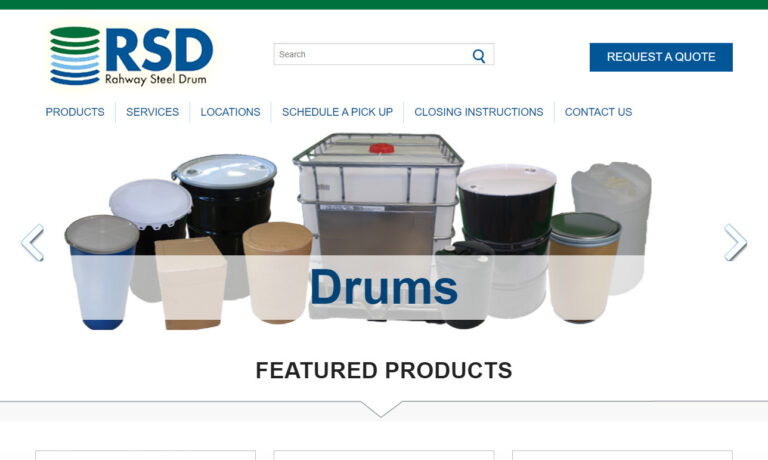
Jakacki Bag & Barrel, family owned and operated, is a plastic container manufacturer. Their products include pails, pallets, gaylords, drums and so much more.
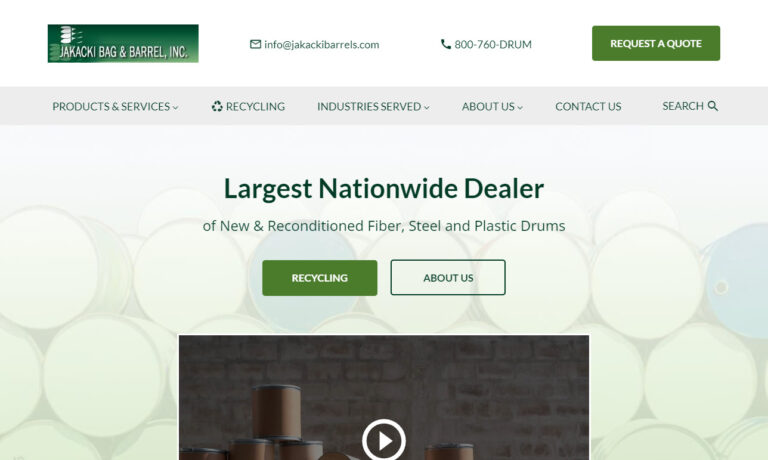
Container Distributors offers a solution for all of your plastic container needs, including all sizes of new and reconditioned plastic containers, as well as steel and fibre drums. We also carry a wide range of cubic yard boxes and IBC/totes.
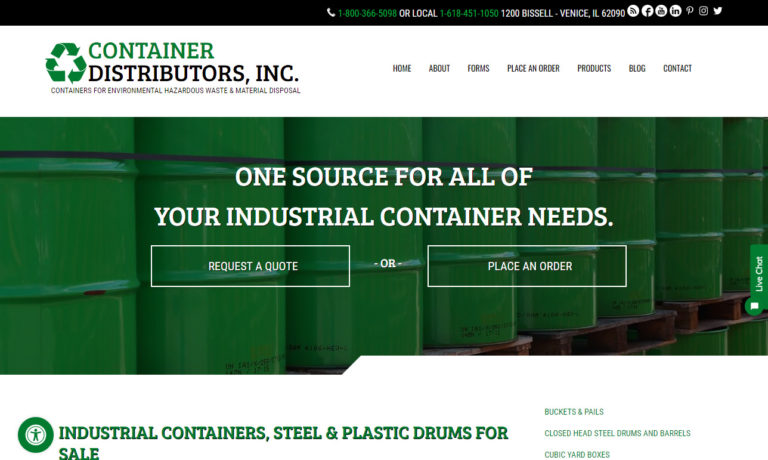
Mauser has over a century of experience providing quality plastic and metal drums and IBC's. We offer a wide selection of open head and tight head drums from 15 to 65 gallons, and IBC's from 160 to 330 gallons. Call Mauser for your Industrial Packaging Solutions!
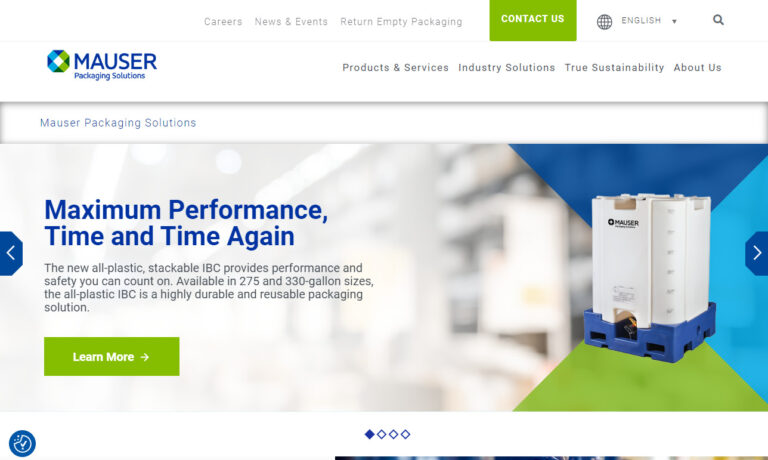
For the past 30 years, Western Industries has been manufacturing plastic containers for a variety of industries, and fulfilling the needs for businesses large and small. At our 350,000 square-foot manufacturing campus, we have the technology and the expertise to manufacture plastic containers of all shapes and sizes, defect-free.
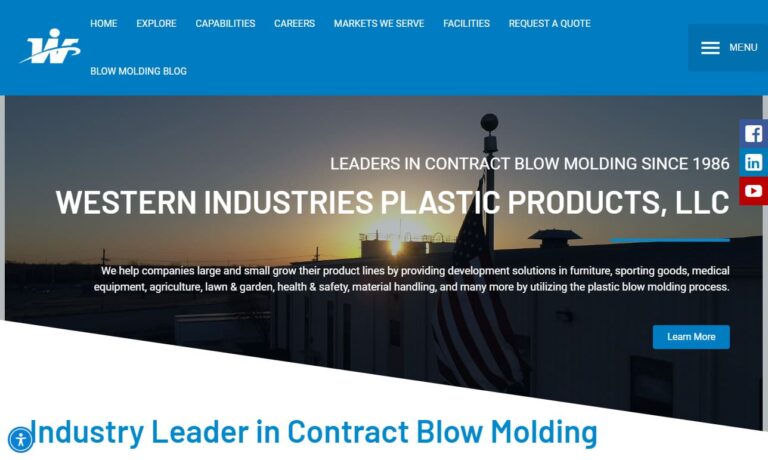
More Plastic Tub Manufacturers
Numerous plastic containers, ranging from soda bottles to shipping containers several feet high and broad, may be made using various production techniques. The vast majority of plastic containers are created using an injection molding process where a plastic resin is forced into a die of the object being created. Other processes include rotational molding, compression molding, and extrusion blow molding; additional methods must be considered depending on the purpose of the end product.
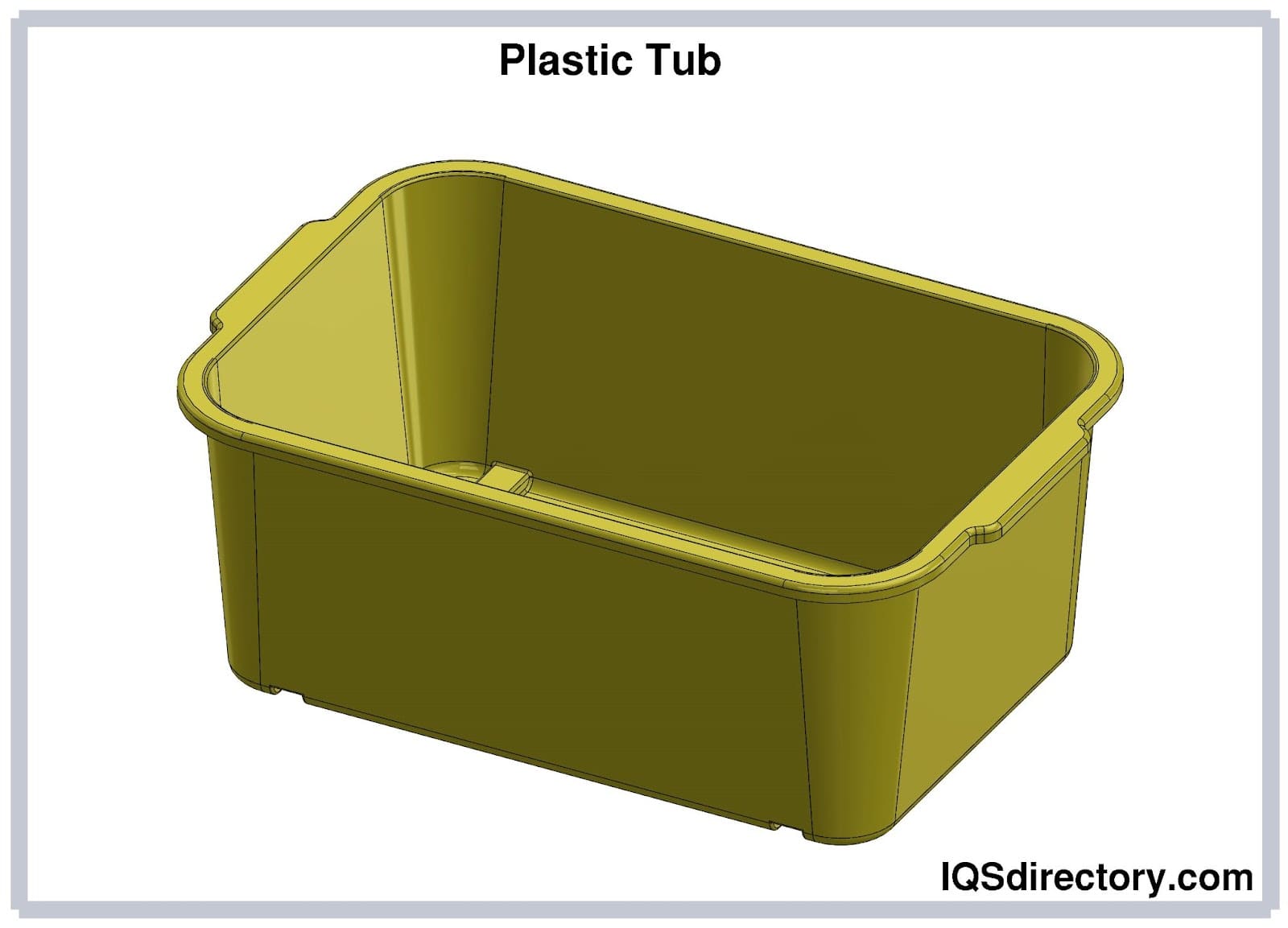
Types of Plastic Containers
- Plastic Folding Boxes: In the packaging sector, plastic folding boxes are a developing trend. They are a tasteful and economical way to present goods.

- Plastic Barrels: Plastic barrels are generally produced using high-density polyethylene material since it lends to their strength and durability. They are ideal for many industrial tasks, such as packing, storing, transporting, and disposing of fluids and other materials.
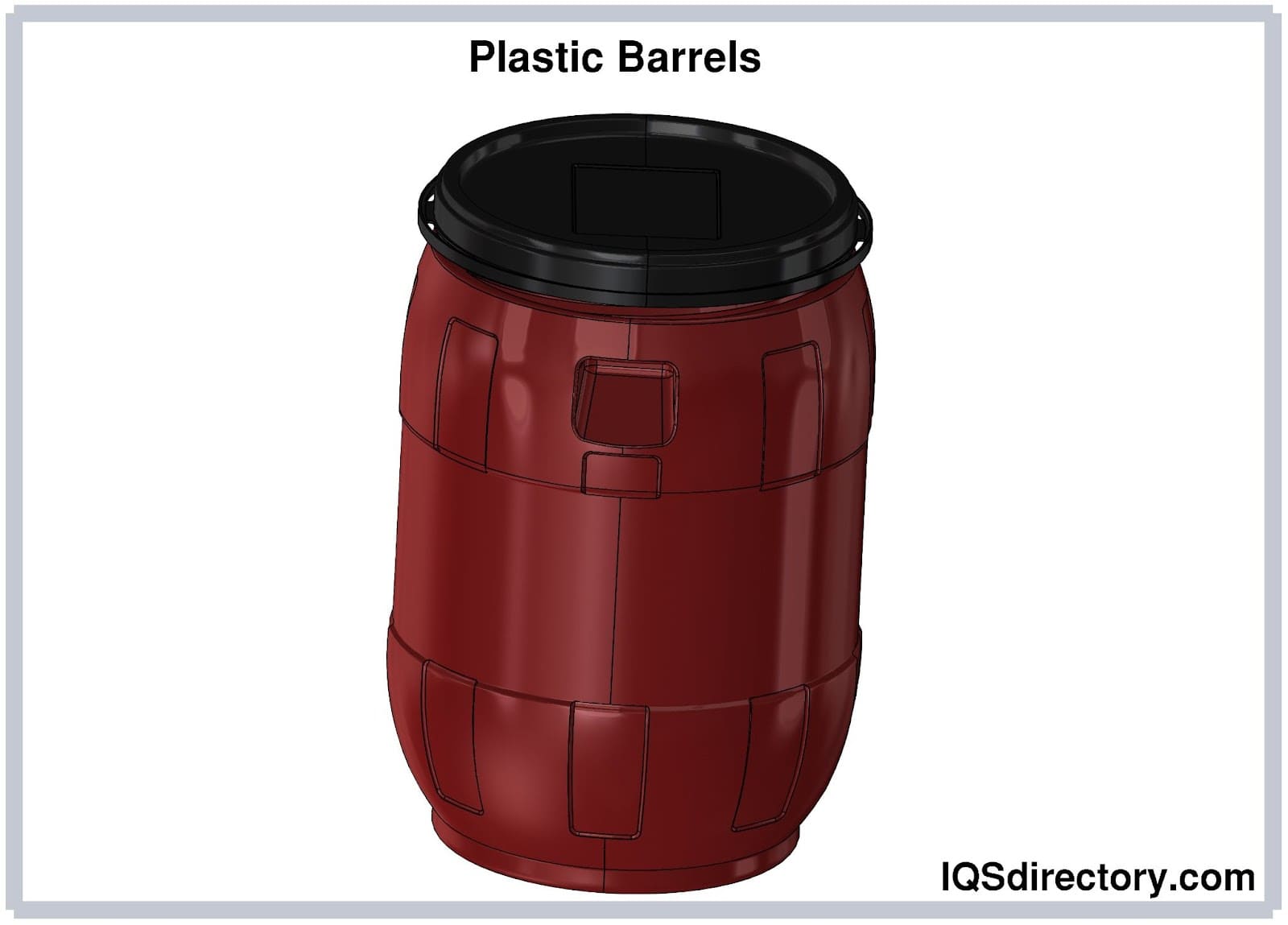
- Plastic Gas Cans: Designed to safely contain gas, plastic gas cans are constructed from various thermoplastic materials. They offer a secure and practical way to transport and store gas. For consumer convenience, they typically come in multiple sizes, from one gallon to more than 10 gallons.
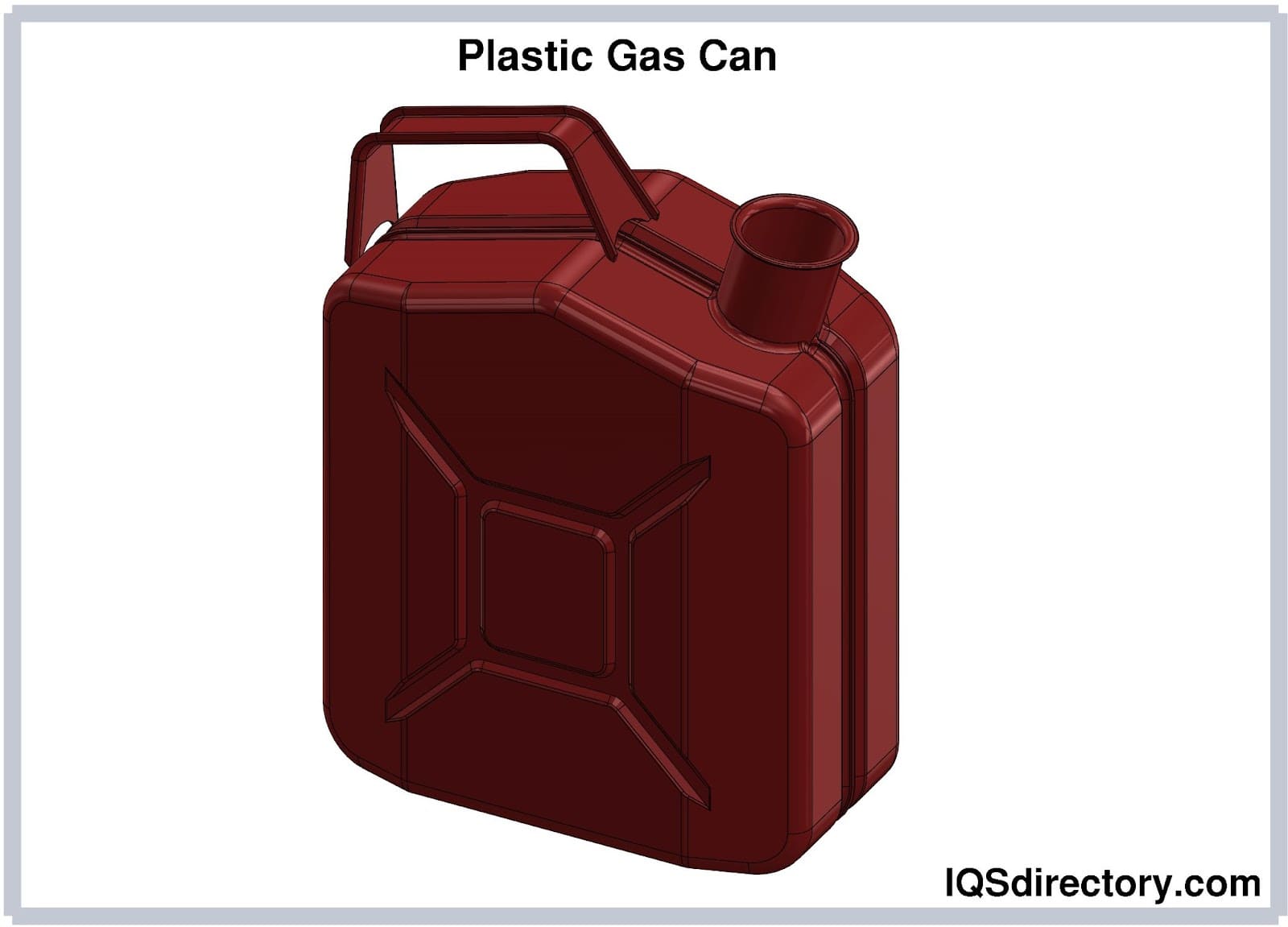
- Plastic Shipping Crates: Plastic shipping boxes are incredibly robust, strong, and sturdy crates that withstand stress during long-distance transit and are built for years of continuous usage.
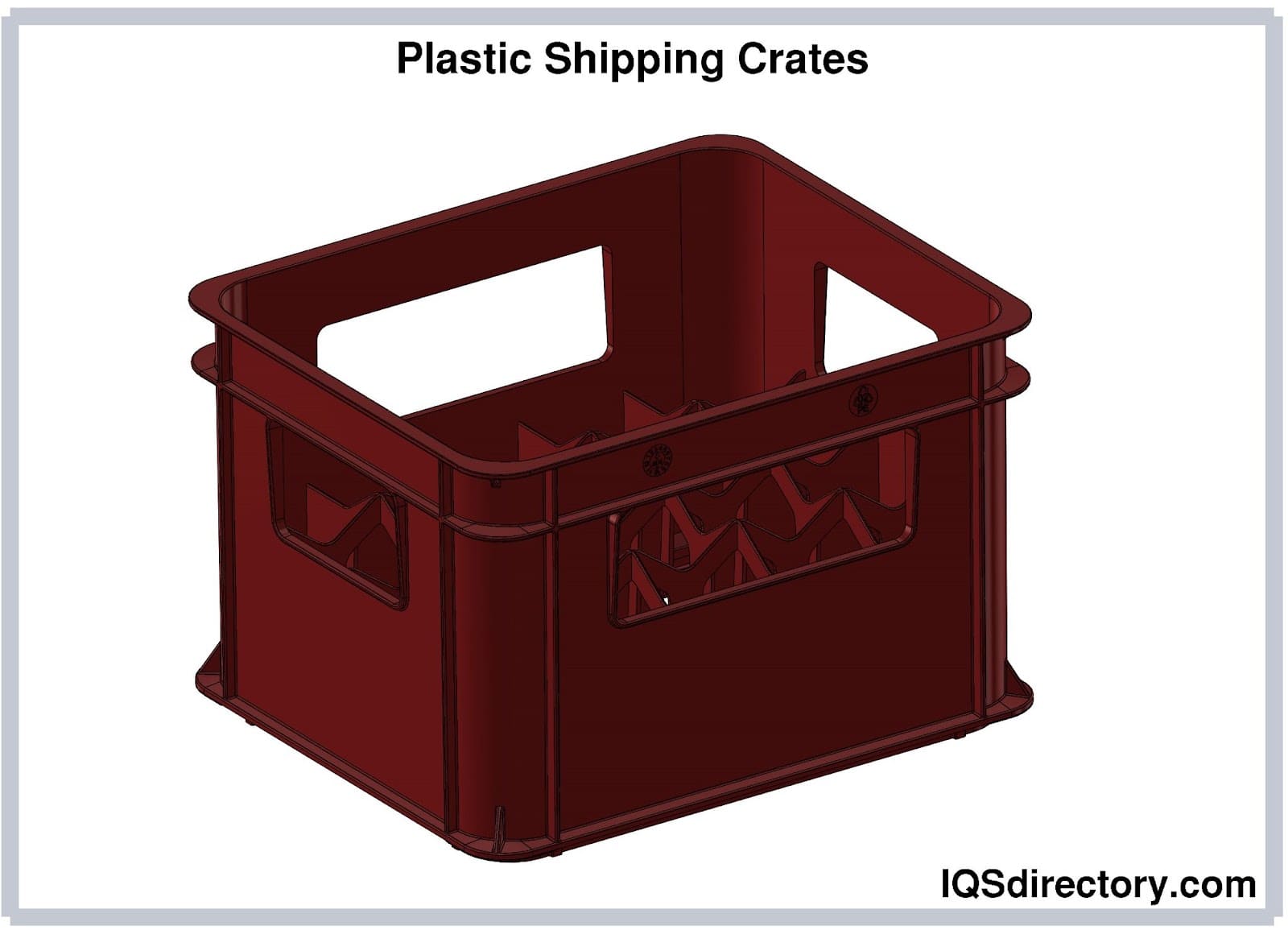
Construction of Plastic Tubs
- Although tubs may be created using materials such as aluminum, molded pulp, or paperboard, plastic tubs are created using various plastic materials, such as PET polyester, polystyrene, or polypropylene.
- Certain plastic tubs include unique microwave characteristics, like susceptors, which are used to absorb electromagnetic energy and convert it to heat.
- Before the lid is put on, users can add a heat-sealed lidding sheet to the tub. Some tubs feature a security strip or tamper-evident band to denote unintentional or unwanted openings.
- There are many different kinds of latches and methods for attaching lids.
- A tub's body and cover can be printed with labels or have labels affixed to them.
Manufacturing and Molding Procedure of a Plastic Tub
- Blow-molded high-density polyethylene (HDPE) or polyethylene terephthalate (PET) is used to create each container.
- They may be created in various forms, colors, and sizes. For ease of transportation, plastic tubs are typically made with sealing lids or lids and tops that interlock.
- All blow-molded plastics go through a similar manufacturing process.
- Every blow mold machine starts with a stock- a collection of unprocessed plastic resin.
- A hopper that sends the stock into a conveyance channel is filled with the product.
- The stock is pushed toward the mold by a sizable screw that spins in the conveyance channel.
- Heating elements in the conveyance channel heat the stock as it moves toward the mold, and this, along with the pressure created by the spinning screw, causes the plastic to liquefy.
- The differences in the molding process start to emerge at this phase. Although they all function using the same principle, molds differ in how they are built.
- In the process of blow-molding plastic tubs, the liquid plastic enters a sizable cavity and assumes the shape of the mold.
- The plastic is then pushed into the cavity accompanied by compressed air, which makes the material become hollow and take on its final tub-like form.
- After cooling and becoming rigid, the molten plastic is removed from the mold.
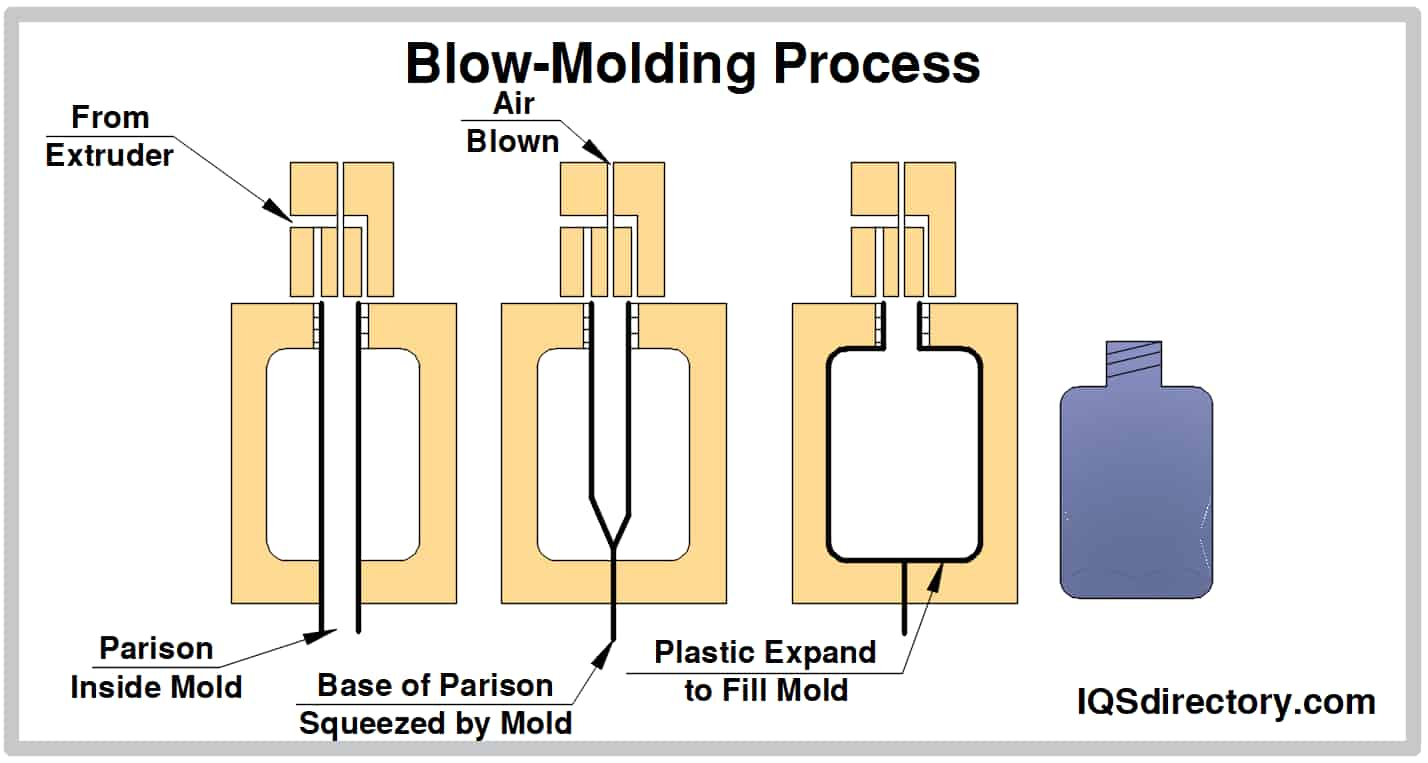
Applications of Plastic Tubs
- Order pickers on a warehouse floor may place orders in plastic bins, food distributors ship their products in plastic tubs, and medical laboratories freeze materials in plastic containers.
- Even though there are various methods available for workers who use tools, one of the most popular solutions for small businesses is to arrange their instruments into different plastic containers so that they may be kept separate while still being accessible.
- Homeowners in many nations store their off-season items and clothing in stackable plastic containers.
- Although we live increasingly digital, your home or business will still accumulate paperwork. An appropriately-sized plastic container that allows you to organize and store these papers on the off chance they are needed may provide great peace of mind.
Benefits of Plastic Tubs
- When it comes to material formability, plastics are fantastic. As a result, plastic tubs can be created using various methods.
- Unlike metal containers, plastic ones are not similarly impacted by environmental factors. Rust forms on metals and weakens the structural integrity of any container made of these materials. Plastics do not rust.
- Plastics are between 0.8 and 1.5 times denser than water. Glass and ceramics have densities of around 2 to 3 times steel, with a thickness of about 7.8.
- Different sorts of chemicals can be converted into plastic containers using various techniques. Every kind of plastic has built-in mechanical qualities.
- Plastic tubs provide exceptional impact and tear resistance.
- They possess excellent surface qualities and aesthetics. Containers made of plastic can have nearly any appearance.
- Plastic containers may be recycled, just like Glass and metals can. Historically, melting and heating have been used to recycle plastics.
- Compared to metal and glass containers, plastic containers are simpler to make and use less energy to create, which results in lower costs.
Choosing the Right Plastic Tub Supplier
To ensure you have the most productive outcome when purchasing plastic tubs from a plastic tub supplier, it is important to compare several companies using our directory of plastic tub suppliers. Each plastic tub supplier has a business profile page highlighting their areas of experience and capabilities, along with a contact form to directly communicate with the supplier for more information or request a quote. Review each plastic tub business website using our patented website previewer to quickly learn what each company specializes in. Then, use our simple RFQ form to contact multiple plastic tub companies with the same form.

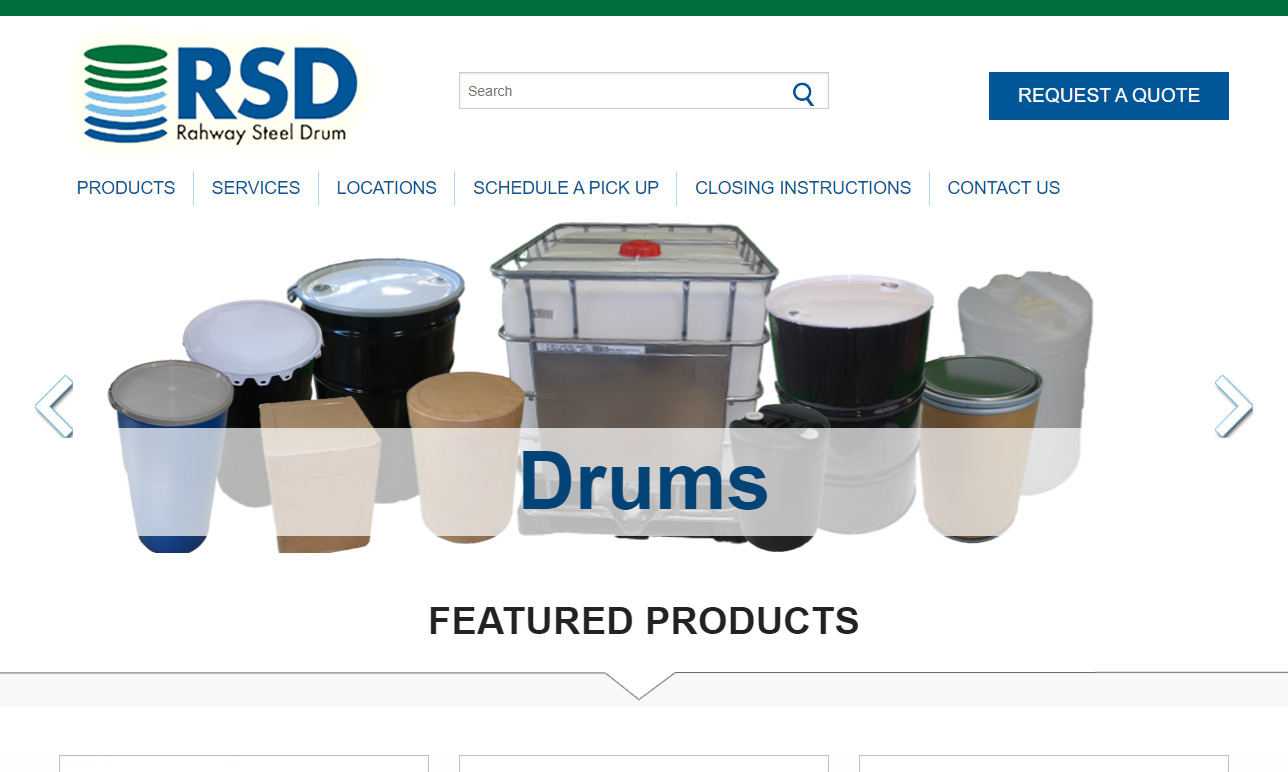
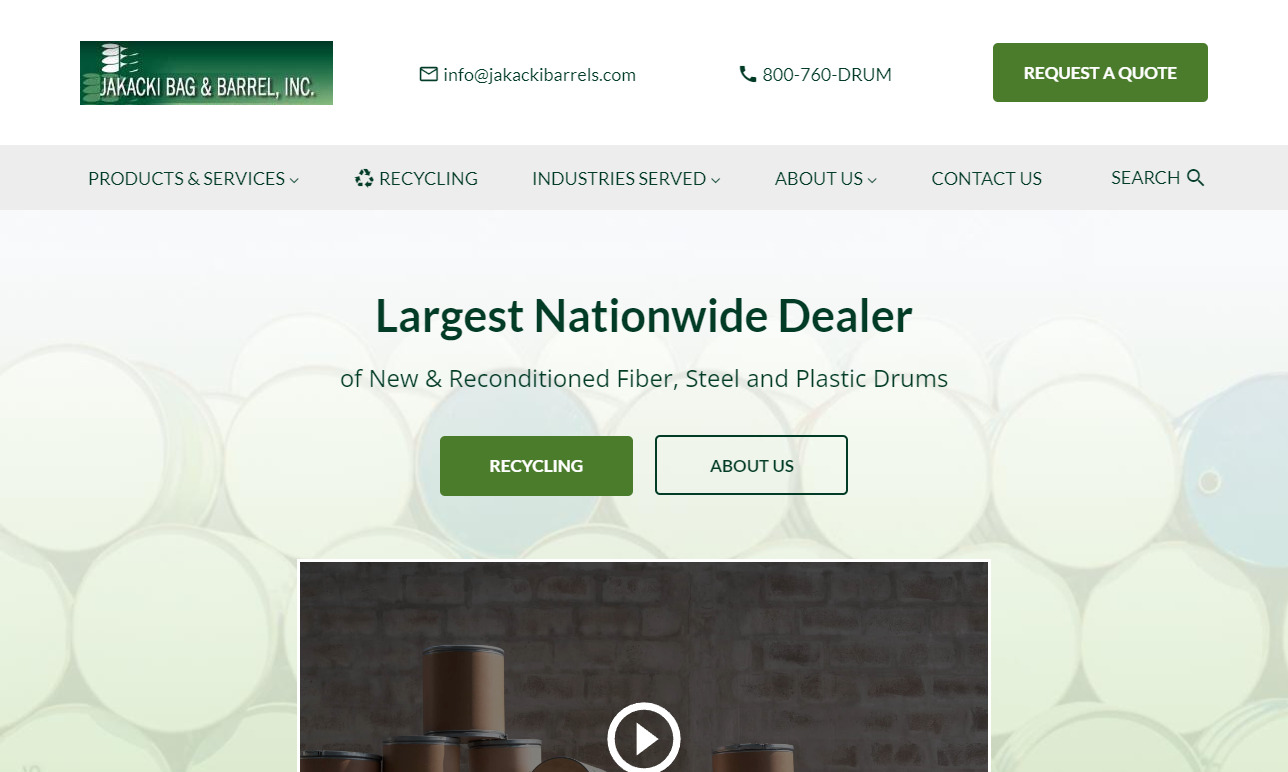
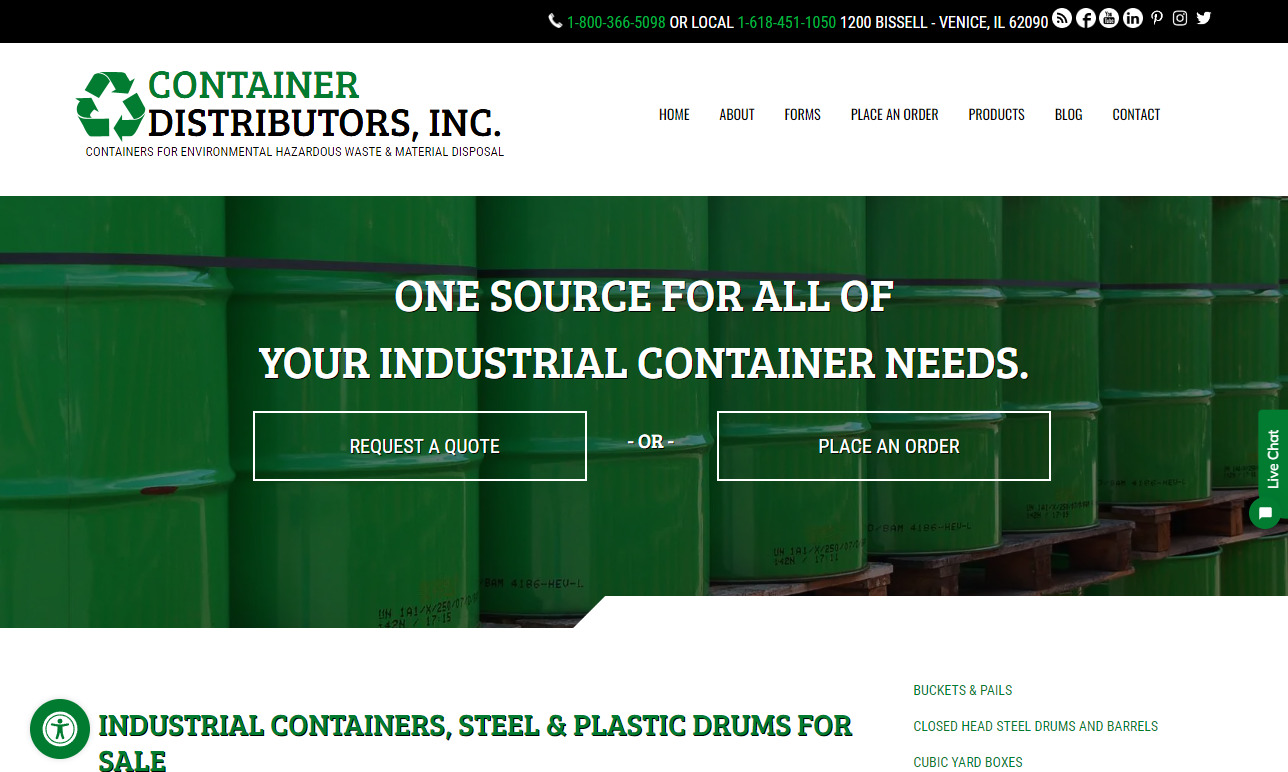
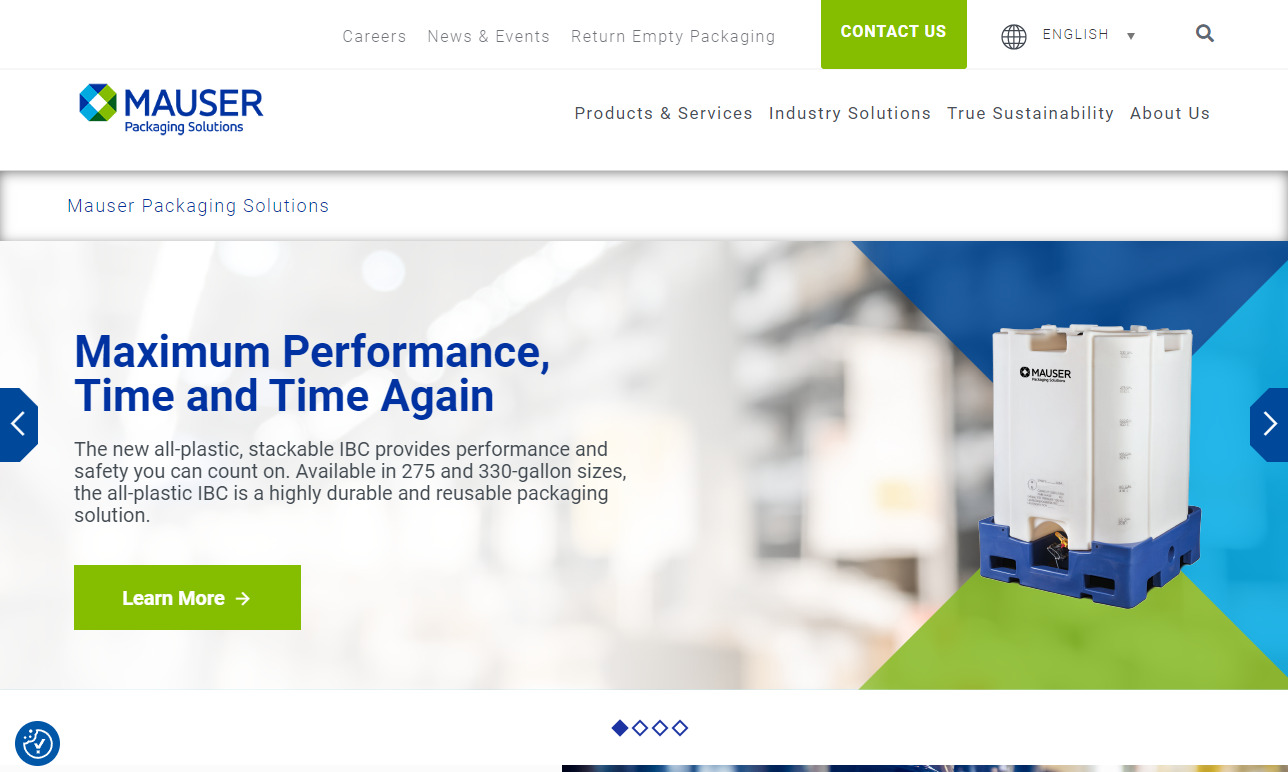
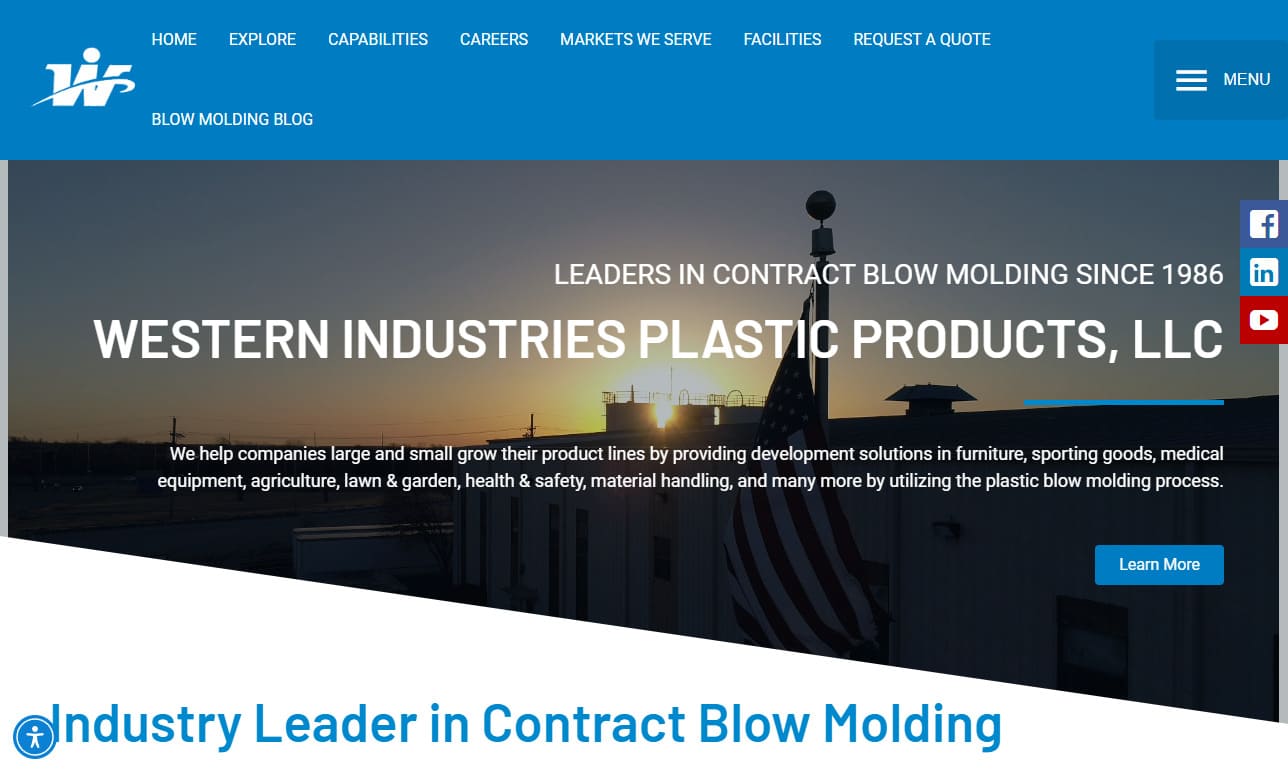

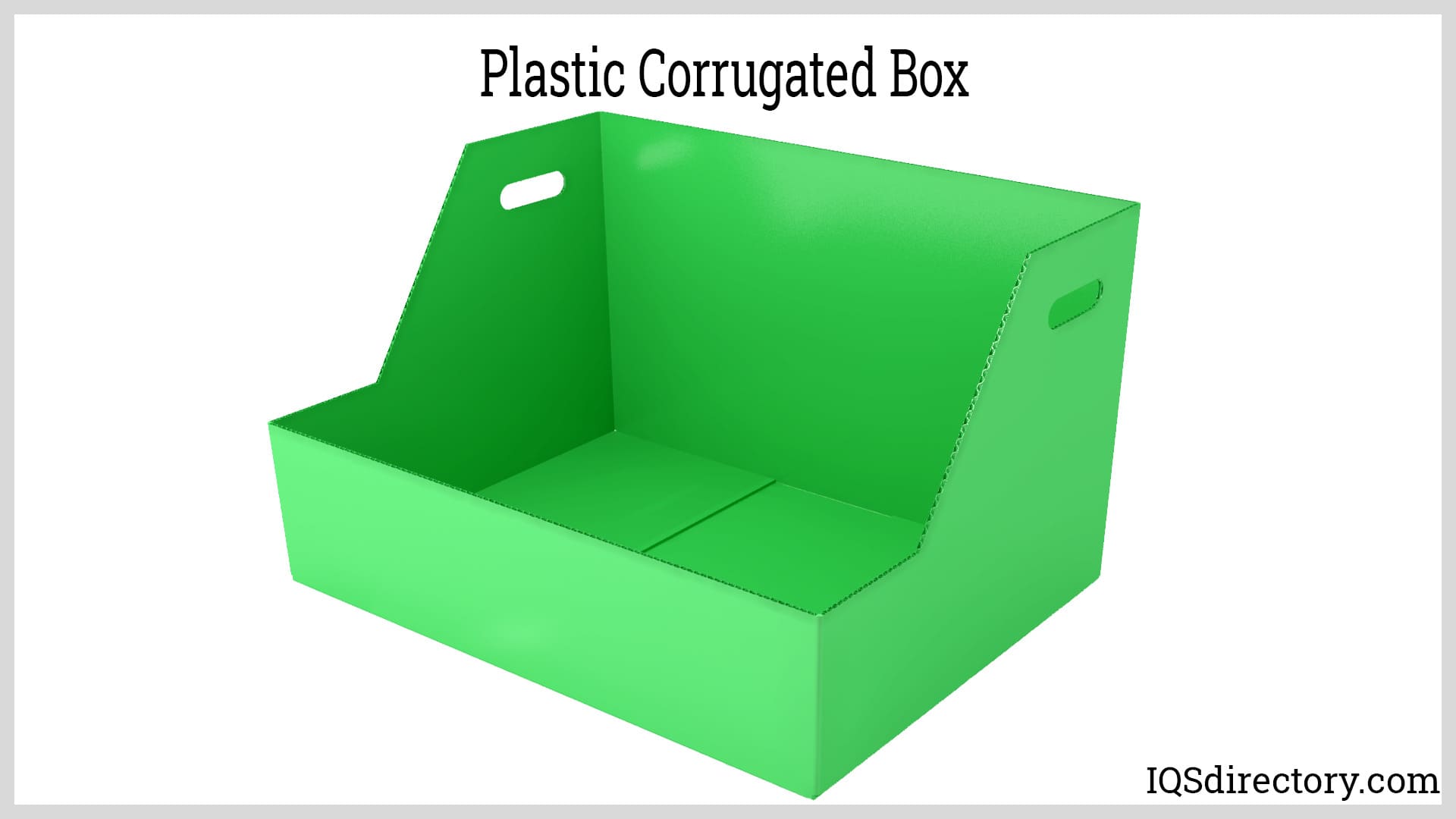
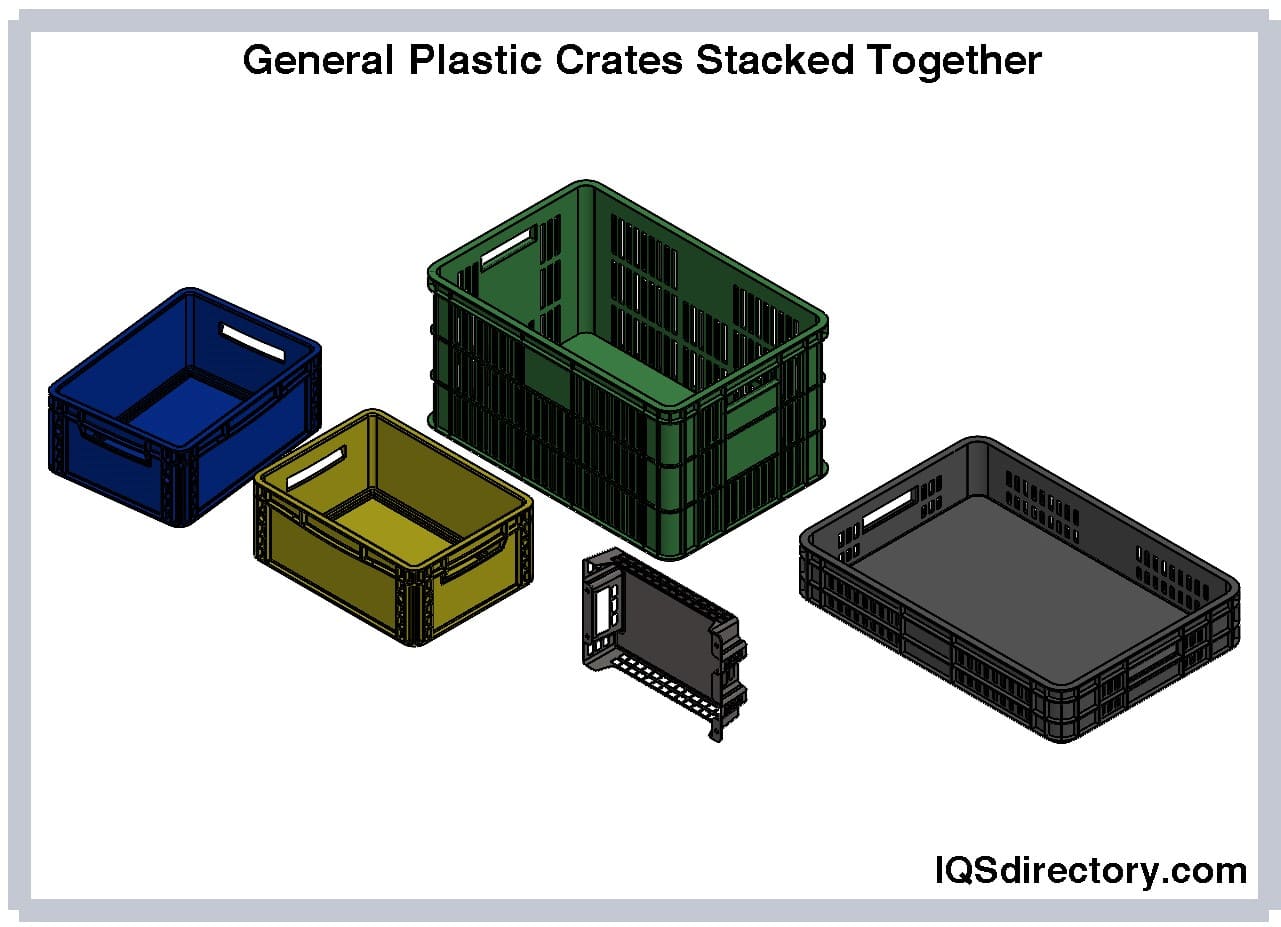
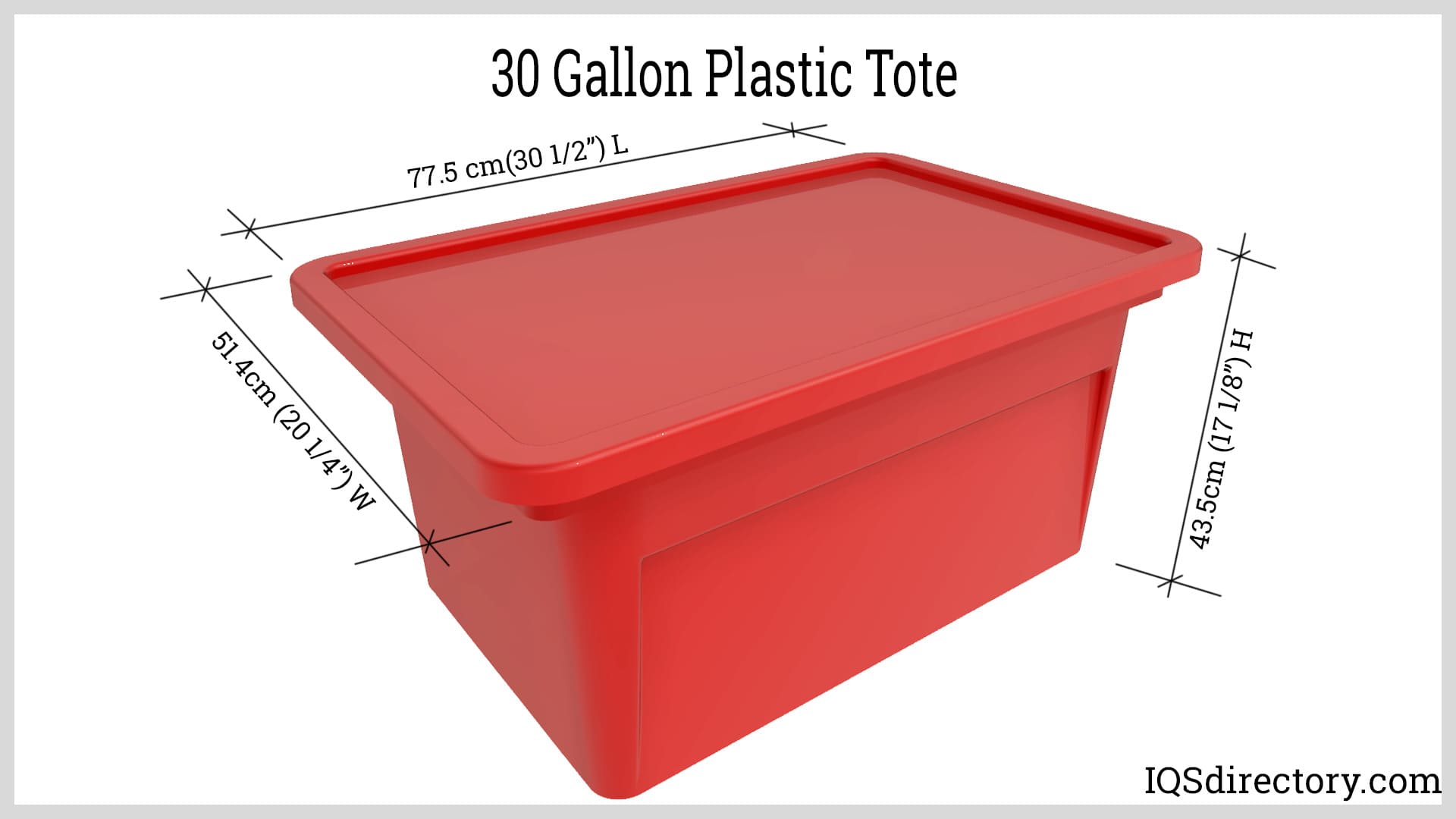
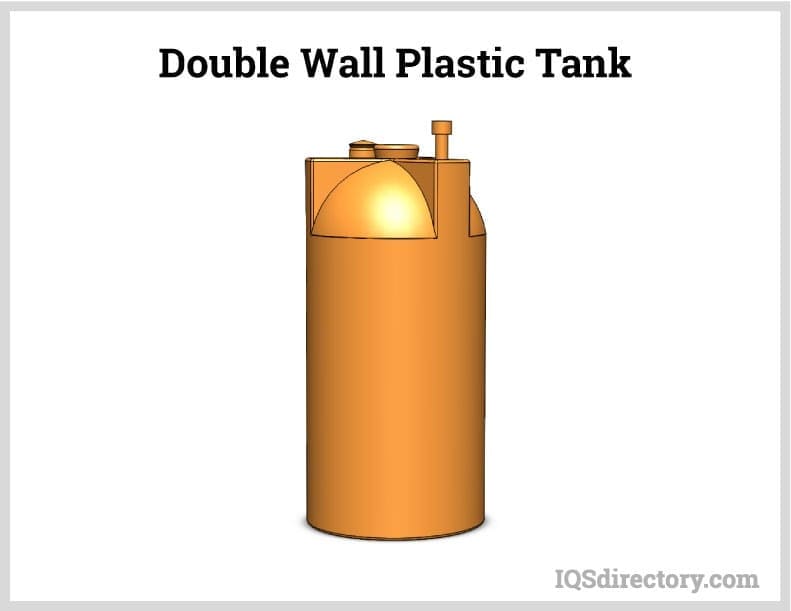
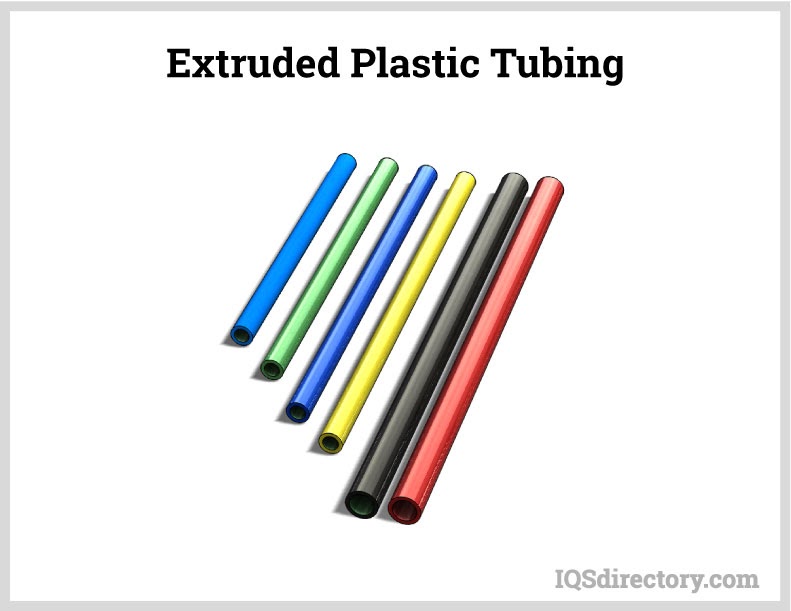
 55 Gallon Drums
55 Gallon Drums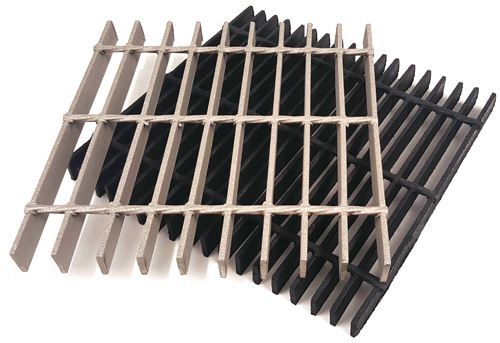 Floor Gratings
Floor Gratings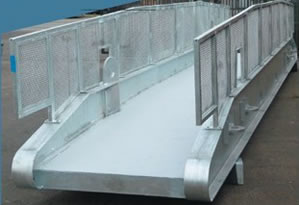 Mezzanines
Mezzanines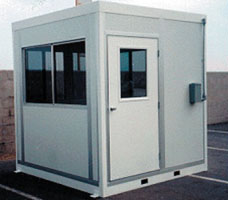 Modular Buildings
Modular Buildings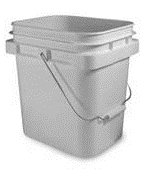 Plastic Containers
Plastic Containers Plastic Pallets
Plastic Pallets Plastic Tanks
Plastic Tanks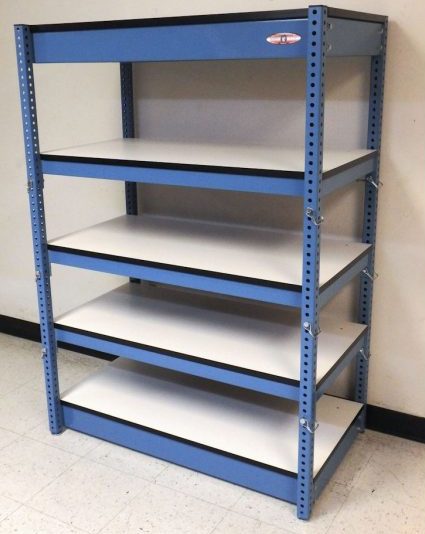 Steel Shelving
Steel Shelving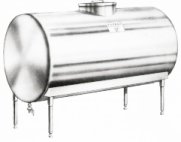 Stainless Steel Tanks
Stainless Steel Tanks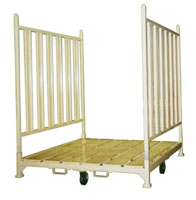 Storage Racks
Storage Racks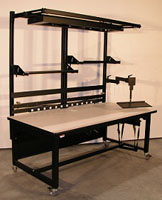 Work Benches
Work Benches Castings & Forgings
Castings & Forgings Bulk Material Handling
Bulk Material Handling Electrical & Electronic Components
Electrical & Electronic Components Flow Instrumentation
Flow Instrumentation Hardware
Hardware Material Handling Equipment
Material Handling Equipment Metal Cutting Services
Metal Cutting Services Metal Forming Services
Metal Forming Services Metal Suppliers
Metal Suppliers Motion Control Products
Motion Control Products Plant & Facility Equipment
Plant & Facility Equipment Plant & Facility Supplies
Plant & Facility Supplies Plastic Molding Processes
Plastic Molding Processes Pumps & Valves
Pumps & Valves Recycling Equipment
Recycling Equipment Rubber Products & Services
Rubber Products & Services